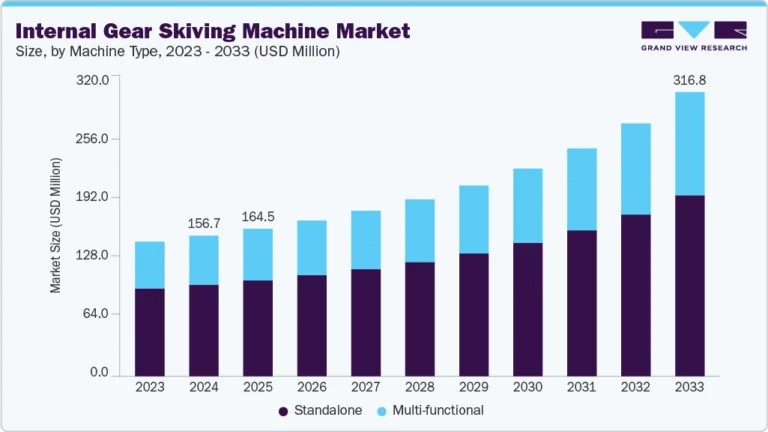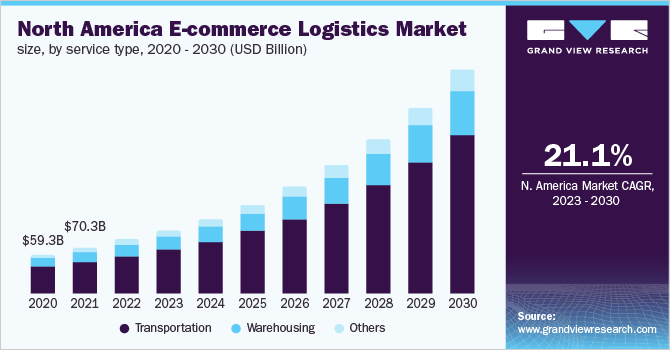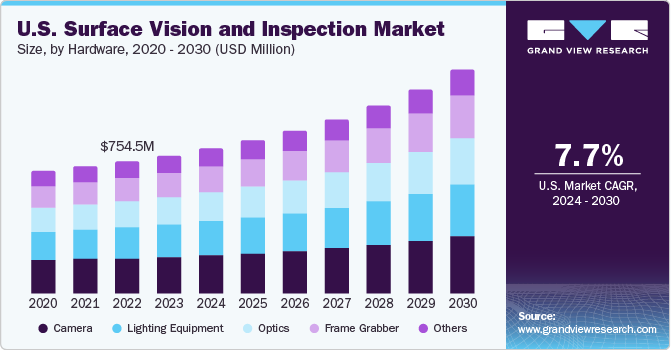Earthmoving Equipment Market Size, Share & Trends Analysis growing at a CAGR of 5.8% from 2025 to 2030

The global earthmoving equipment market size was estimated at USD 70.44 billion in 2024 and is projected to reach USD 99.90 billion by 2030, growing at a CAGR of 5.8% from 2025 to 2030. Increasing infrastructure development activities in developing countries and a rise in commercial and industrial construction projects are the primary factors driving the growth of the global earthmoving equipment market.
Key Market Trends & Insights
- Asia Pacific earthmoving equipment market dominated with a revenue share of 40.8% in 2023.
- Europe earthmoving equipment market is expected to witness steady growth during the forecast period.
- By product, the loader segment dominated the earthmoving equipment market with a revenue share of 50.2% in 2024.
- By type, ICE accounted for the largest market share in 2024.
- By engine capacity, the Up to 250 HP segment accounted for the largest market share in 2024.
Market Size & Forecast
- 2024 Market Size: USD 70.44 Billion
- 2030 Projected Market Size: USD 99.90 Billion
- CAGR (2025–2030): 5.8%
- Asia Pacific: Largest market in 2023
- Europe: Steady growth expected
Request a free sample copy or view report summary: https://www.grandviewresearch.com/industry-analysis/earthmoving-equipment-market/request/rs1
Countries such as India, China, and Australia are focused on improving the existing infrastructure by initiating multiple projects related to roadway development, airport development, etc. This increasing infrastructure development activities and industrial construction projects call for heavy earthmoving equipment, such as excavators, loaders, dump trucks, etc. This machinery aids foundation digging, land leveling, and transporting heavy materials, providing contractors with an edge to overcome operational and time limitations.
The global demand for earthmoving equipment is also fueled by rapid urbanization. Urbanization involves the growth and expansion of cities and urban areas, which creates the need for infrastructure development and other construction activities. These population changes lead to different land use, economic activity, and cultural changes. Various government initiatives undertaken for infrastructure development and increasing investments in the construction industry are projected to drive consumption. For instance, in July 2022, the UAE government planned to invest AED 6,262.8 million (USD 23 billion) in infrastructure development. Hence, the rapid urbanization and population growth in various regions require the construction of residential and commercial buildings to accommodate the expanding population. As a result, these factors contribute to the growing demand for the earthmoving equipment market.
However, the high costs associated with purchasing and maintaining earthmoving equipment machines can deter potential buyers, especially Small and Medium-sized Enterprises (SMEs). The capital-intensive nature of the earthmoving equipment market restricts its growth and limits the accessibility of earthmoving equipment for these players. Furthermore, the increasing popularity of renting earthmoving equipment poses a significant challenge for OEMs. Renting offers access to high-quality equipment without substantial initial investments, reducing financial risks. Customers prefer flexible rental options that eliminate long-term ownership and maintenance costs. As rentals become more cost-effective and available, customers opt for them instead of outright purchases, decreasing sales volume and revenue for OEMs. Adapting to these changing customer preferences is crucial for OEMs to meet evolving earthmoving equipment market demands.
The growing emphasis on environmental concerns and stricter regulations fuels the demand for eco-friendly earthmoving equipment market. The industry is experiencing a notable transition towards electric and hybrid-powered equipment, effectively reducing carbon emissions and minimizing noise pollution at construction sites. Manufacturers actively invest in research and development endeavors to enhance earthmoving equipment’s energy efficiency and sustainability. This trend presents a significant opportunity for companies to provide greener alternatives and distinguish themselves in the market. For instance, in June 2023, Volvo Group announced a collaboration with Heidelberg Materials, a building materials company. The partnership aims to reduce carbon emissions in the construction industry by collaboratively researching and innovating approaches to address loading and hauling requirements using electric vehicles and associated solutions.
Product Insights
The loader segment dominated the earthmoving equipment market with a revenue share of 50.2% in 2024. The loader segment encompasses various types, such as wheeled loaders and skid-steer loaders. Urbanization and limited working spaces in congested areas drive the demand for compact and versatile loaders. These machines offer enhanced maneuverability, agility, and the ability to operate in confined spaces, which is expected to drive demand. The construction industry, landscaping, and urban maintenance sectors are particularly significant markets for compact loaders. Manufacturers can capitalize on this opportunity by developing innovative designs, attachments, and technology solutions that cater to these specialized requirements.






